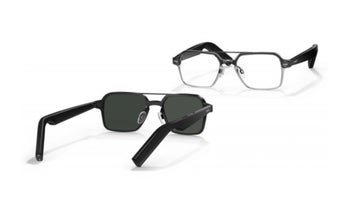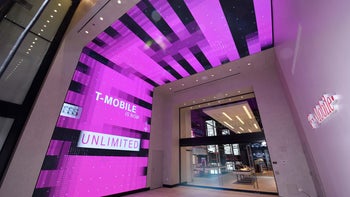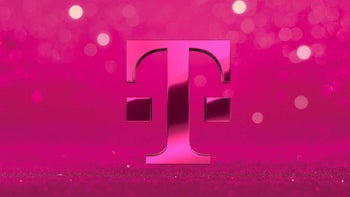Huawei announces new smartglasses powered by HarmonyOS

When Huawei introduced HarmonyOS in August 2019, the operating system was a replacement for the Google Mobile Services (GMS) version of Android that the manufacturer no longer had access to. Thanks to its inclusion on the Commerce Department's entity list after being named a national security threat by lawmakers, Huawei was no longer allowed to source hardware, software, and other components from its U.S. suppliers. Making matters worse, exactly a year to the day that it was put on the entity list, Huawei was given more bad news in the form of a change to U.S. export rules.
Huawei unveils a new pair of smartglasses
Huawei lost access to its cutting-edge chips, even the ones it designed itself, thanks to a change in U.S. export rules that banned foundries from shipping to Huawei any cutting-edge chips that were manufactured using American equipment. Eventually, Huawei's chip-inventory drawer contained nothing but dust balls and cat hair forcing the company to get permission to use a 4G version of the Snapdragon 888 chipset.

Huawei promotes the 15 decibels sound level on its new smartglasses
Huawei may never again challenge Samsung for the title of "largest smartphone manufacturer in the world," a goal that it had publicly set back in 2016. But it still continues to turn out new phones, such as the recently introduced P50 Pocket, a foldable clamshell phone in the Galaxy Z Flip and Razr traditions. It fits in users' pockets and when they need a phone, it flips open to reveal a 6.9-inch AMOLED display.
While Huawei may feel that the device will challenge the Galaxy Z Flip 3, the P50 Pocket will be allowed to use the 4G version of the Snapdragon 888 only. Still, Huawei continues to roll along as the company also introduced its latest pair of smartglasses and the first from Huawei to drop the Gentle Monster co-branding from the product's name.
Huawei says that thanks to the design of the glasses, audio is always directed at the user's ears preventing others from picking up parts of a conversation. The glasses feature a 128 square mm "ultra-thin large-amplitude" speaker on the temple for streaming music and other content. Sound leakage is minimized to protect the privacy of both those wearing the device and those talking by phone to a user.
Its IPX4 ingress protection rating means that the glasses are not resistant to dust, but can survive getting splashed with water, rain, or sweat. The battery will run for up to 16 hours after being charged, and the dual Microphone design keeps wind sounds from making it hard to understand what the user is saying. There is a new wired magnetic charging system and real-time alerts and WeChat weather notifications can be read.
The glasses feature a voice assistant and will monitor the health of a person's cervical spine in real-time
Huawei's Cela is the voice assistant used on the smartglasses and it is best if the user is already part of the HarmonyOS ecosystem. Huawei has placed sensors inside the glasses to help determine the position of the user's head compared to his spine. With clear lenses the glasses are priced at 1,699 Yuan (approximately $267 USD) while a model with dark lenses will set you back 1,899 Yuan (or $298 USD).

Huawei's new smartglasses
When first donned every day, the glasses will automatically read the accelerometer and gyroscope sensors and play the weather forecast and that day's schedule. The glasses will also run apps that deliver airline, high-speed train schedules and more. As a person with real life spinal issues (cauda equina compression), this writer can appreciate the news that Huawei's glasses will help wearers monitor the health of their spine in real time.
Apple is expected to introduce its own AR glasses called Apple Glasses in 2023 and this device is supposed to be the next big thing for Apple, replacing the iPhone. The big question is whether Apple can make a successful go of such a product and turn it into a huge consumer hit after Google was unable to do so with Google Glass.














Things that are NOT allowed: